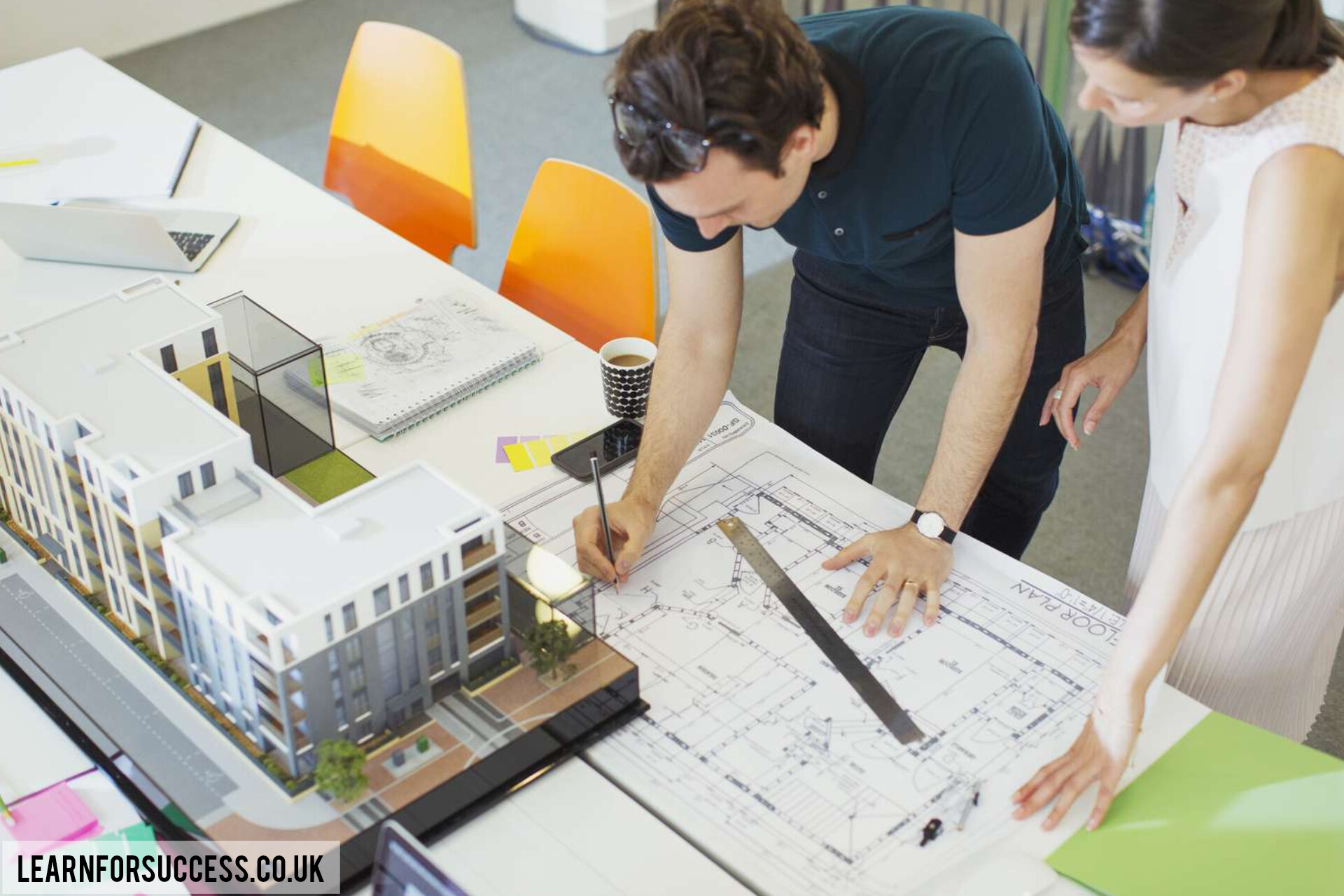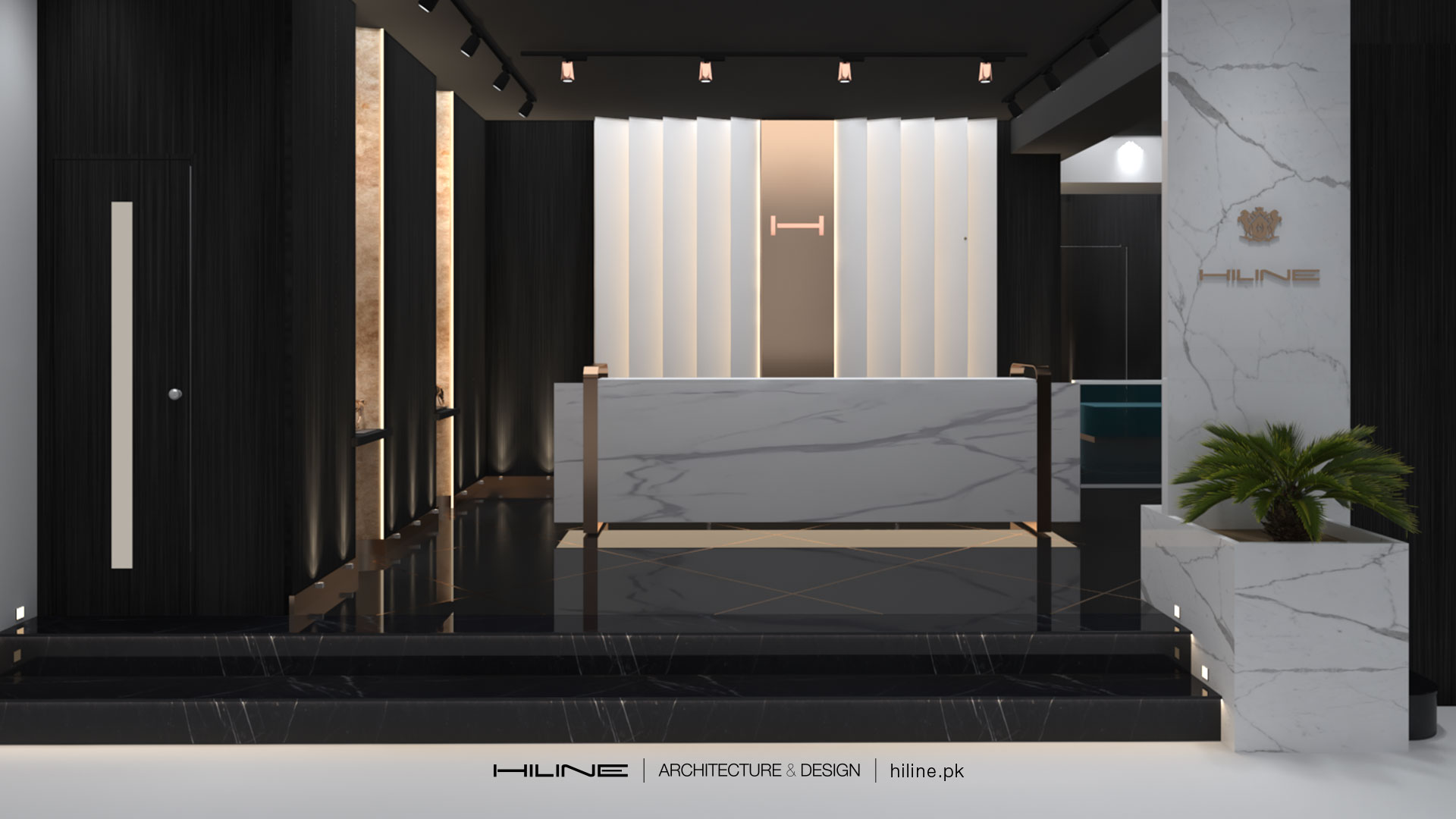Innovations in Architecture: Embracing Smart Building Solutions
The Construction Cost Estimating Services industry has been changing over the recent past, especially with the development of smart technologies that shape the construction of smart buildings. Smart buildings, or intelligent buildings, are those buildings where internet-connected systems and sensors detect and control data to support a wide range of operations to reduce energy consumption and costs and improve comfort and sustainability. Applying these progressive strategies, architects and contractors will design an even more intelligent and integrated environment in the future.
Smart Technologies And Its Trends In The Building Industry
Several key trends are driving smart building innovation and adoption:
- Artificial Intelligence and Machine Learning: AI algorithms help to predict the optimal operating conditions, identify faulty processes, and undertake corrective measures automatically. This enables self-optimization over time by learning from the former.
- IoT Integration: IoT refers to the connection of different sensors, controls, and systems within the building to form an interconnected system. This is the basis that allows for the implementation of smart buildings.
- Energy Efficiency: From the details of energy consumption collected by sensors combined with control systems, smart buildings can lower the amount of energy consumed and the associated costs. Occupancy and conditions can trigger HVAC, lighting, and other systems to manage their usage.
- Indoor Environment Quality Health and Wellness Monitoring: Smart sensors can also monitor and analyze data concerning the quality and comfort of the indoor environment, such as air, light, humidity, and temperature, to affect human health. There are provisions for self-regulation to bring about changes in conditions if necessary.
There is an added advantage for the key industry players in the following ways:
Smart building innovation delivers advantages for various stakeholders, including:
- Contractors & Builders: New design possibilities, better performing and more sustainable buildings, increased client satisfaction due to incorporated functionality of designs.
- Construction Cost Estimation Services: Pro-forma construction costs derived from comprehensive historical IoT system analytics data from other smart structures.
- Tenants/Buyers Benefits: improved property worth, low expenses on costs of operation, less unattractive appearance to tenants/occupants, and reduction of risk through predictive maintenance.
- Electrical Estimating Outsourcing: A breakdown of intensity for power usage in various electrical structures in buildings to enhance cost approximation for new structures and recomposition.
- Tenants & Occupants: Better and easier control of the environmental conditions of buildings together with a responsive environment for tenants and occupants. Healthier indoor spaces.
Challenges to Overcome
Some key challenges facing widespread smart building adoption include:
- Cybersecurity Risks: Integrated systems and controls are susceptible to cyber threats if there are no proper cybersecurity measures put in place. It is crucial to update the software frequently and have multiple layers of protection in place.
- High Initial Investment: There is still a need for substantial funding for the building process to add the sensors, controls, and other elements necessary to support smart features. This all means that focus on creating long-term value is the keystone.
- Interoperability Issues: Several vendors with their platform and language can be a problem in terms of integration and scalability of a building’s life cycle. The communication should be as open as possible and use the protocols.
Key Smart Building Innovations
Several impactful smart innovations transforming new and existing buildings, such as:
- Automated Energy Management: AI and IoT connectivity make building energy management systems capable of automatically managing the usage of HVAC, lighting, and plug loads using predictive analytics. This helps to minimize energy waste and its costs in the process.
- Digital Twin Modeling: Specialists in architecture and engineering develop 3D digital twin models that are in synchronization with real constructed buildings and their systems to monitor performance over time and anticipate changes.
- Flexible Space Utilization: Occupancy and usage sensors are the best practices in managing conference rooms, desks, as well as amenity spaces where such resources can be more efficiently shared to reduce expenses. Assets are optimized according to data analysis.
- Touchless Access Control: People in the building can unlock and use doors and other entry points through applications on smartphones, facial recognition, or voice commands to ensure minimal contact. This also renders flexibility and cleanliness to the buyers.
- Predictive Maintenance: By analyzing building system data, machine learning algorithms can determine when a building system is deviating from normal performance to identify potential problems and maintenance requirements before the problem escalates. This helps to prevent future expensive repair jobs that could be caused by an accumulation of minor issues.
Intelligent Buildings: The Future
Depending on the progress in smart solution implementation in the building lifecycle and the awareness of its importance among the key stakeholders, the rates of adoption remain constantly high. The scope for innovation is huge for new sensing, faster connectivity, the advancement in analytical algorithms, and predictive models, all of which are progressing at a fast pace.
As these disruptive technologies find their full growth and integration in the future buildings of the world, they are set to become smarter, greener, and more connected as well. The industry players will collaborate to enhance the development of standard practices and integration to enhance the benefits.
There is still potential for policy initiatives, utility promotion, and industry guidelines to drive adoption because of the risks and first costs involved. With such research developments, intelligent buildings are poised to deliver step-change advancements in the quality of human living, health, work productivity, and the environment.
Conclusion
The advancements that are occurring in the design and functionality of modern structures are fast and profound. Smart building solutions are gradually entering structures since architects and contractors are integrating AI, IoT connectivity, and analytics into buildings to optimize performance and adapt to occupants’ needs. While there are some remaining concerns, such as cybersecurity threats and high implementation costs, benefits can be observed from the real estate life cycle perspective. Further development will keep on unfolding the potential of intelligent buildings to address new performance requirements in the areas of sustainability and comfort, health, and productivity. New volumes of system data will provide deeper analytical insights that will enhance electrical estimation outsourcing and construction Cost Estimating Services as smart innovation gets to the tipping point. At last, smart technologies provide step-change solutions to the environments where people will live, work, have fun, and study, resulting in improved buildings that enrich lives.
Also Read Learnforsuccess.co.uk














Post Comment